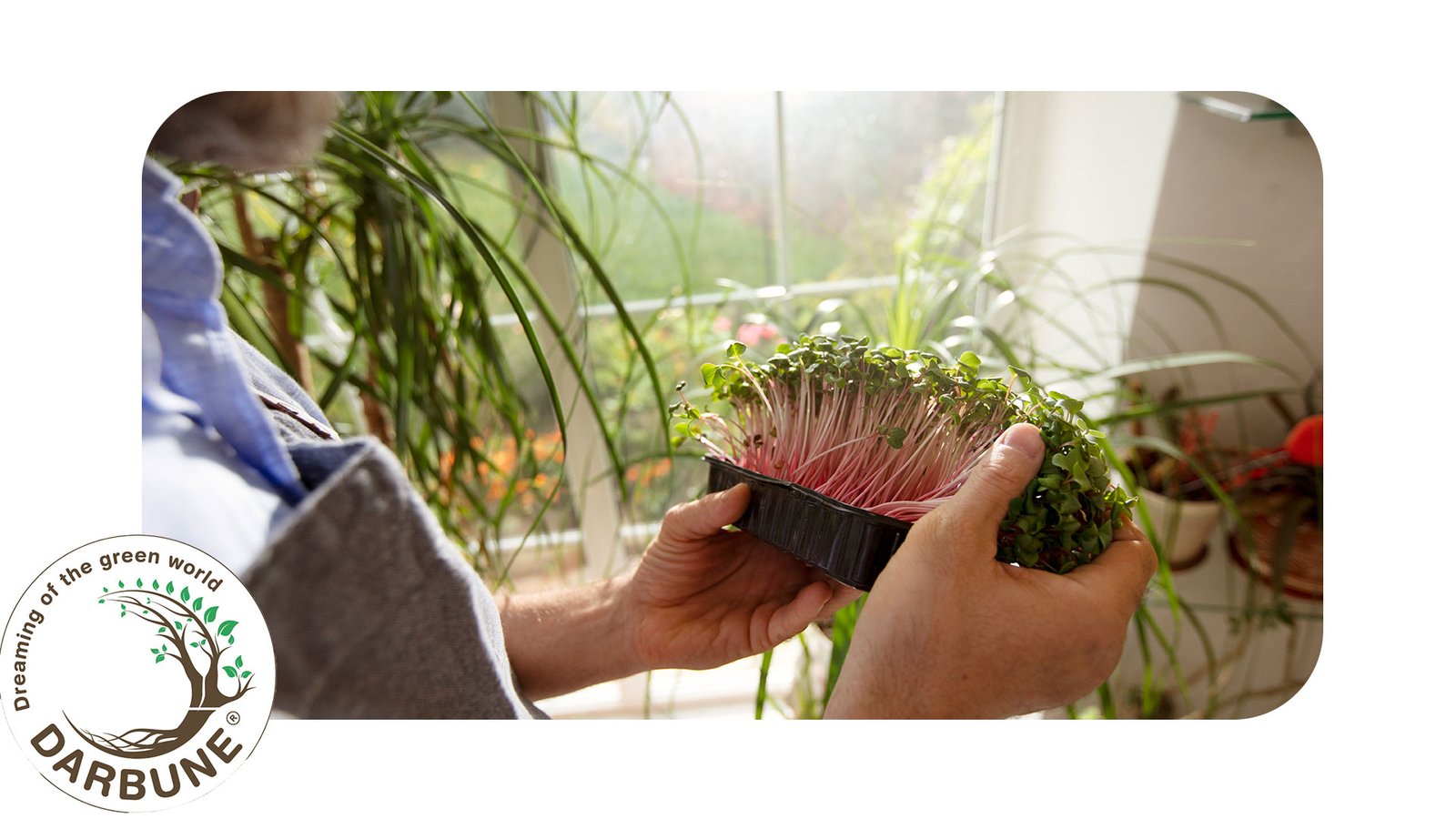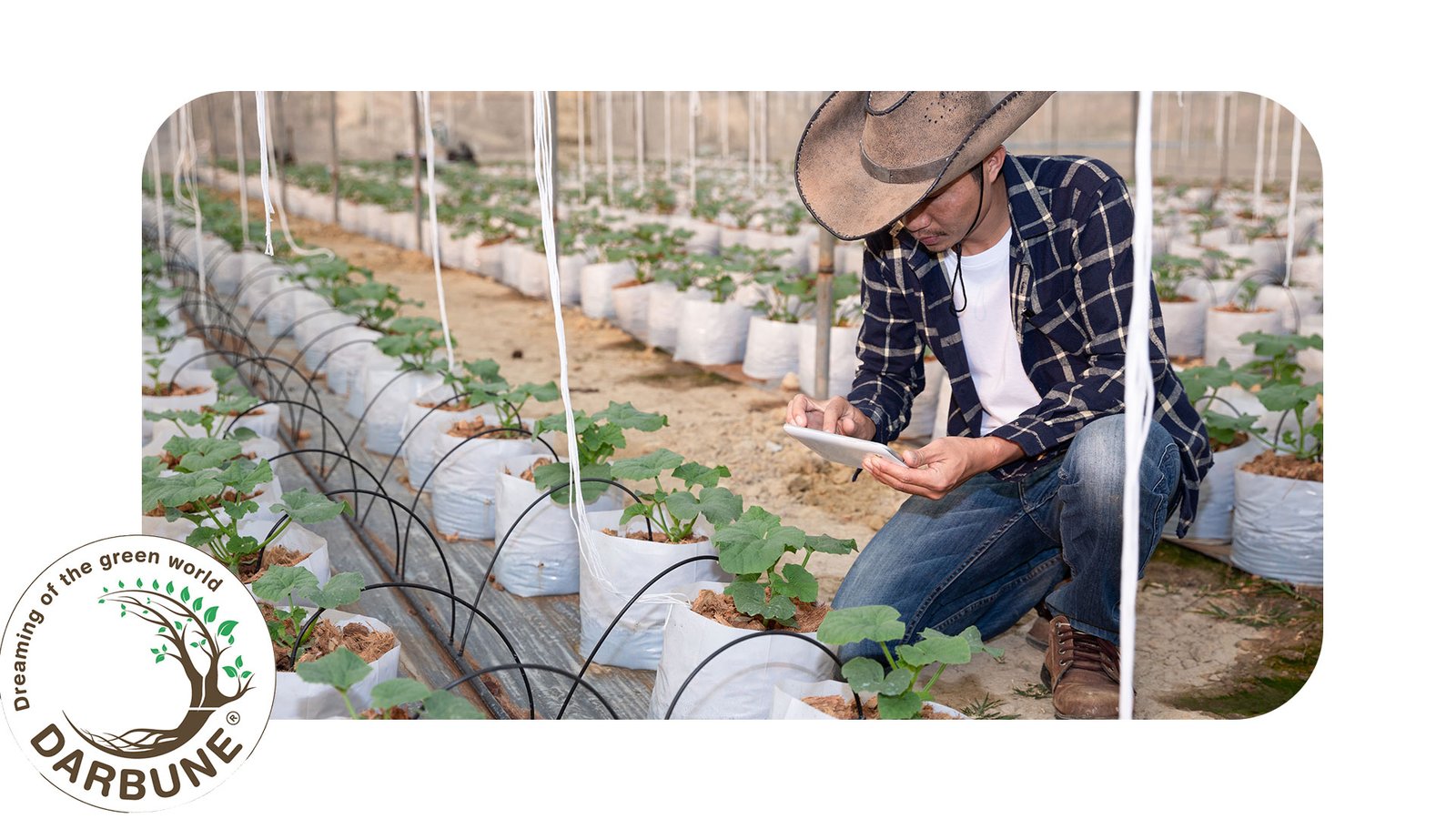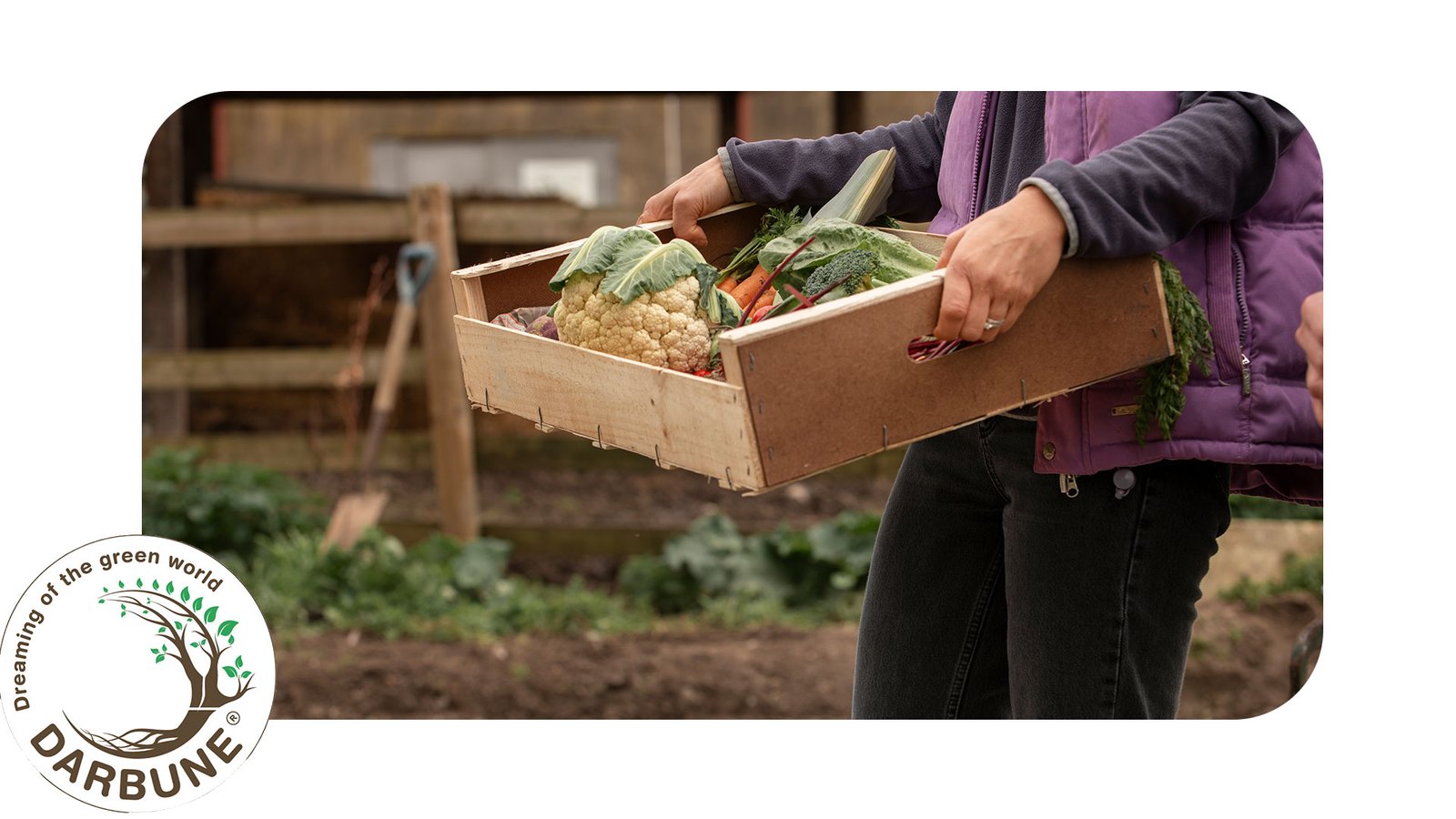With cities growing and taking more land, finding Sustainable Farming Methods for Small Spaces is getting more important. Even tiny areas like balconies, rooftops, and small yards can be used to grow your plants, follow us in this article to choose the best fit!

Choosing the right Sustainable Farming Methods for Small Spaces
If you are trying to find the right sustainable farming method and the best ways to grow plants in tiny areas, follow till the end. Whether you have a small balcony, a little backyard, or a rooftop, picking the right method will help you a lot because you will be able to grow more food and also protect the environment.
We will explain some of the great methods with their pros and cons, by looking at your space and needs you can find the best sustainable farming methods to grow healthy plants and help the environment, if you are wondering why w are needing these methods to help our environment, check our Climate Change article to answer your questions.
Sustainable Farming Methods for Small Spaces:

- Hydroponic Farming
- Vertical Farming
- Container Gardening
- Aquaponics
- Companion Gardening
Hydroponic Farming: Hydroponic Farming is basically growing plants without soil, read everything about Hydroponic Farming on our website, but if I want to cut it short I would say it is basically growing plants without soil, it uses a nutrient-rich water solution instead. It is a great option for small spaces like balconies or apartments but you can also use it for big areas. However, it is good to know not all plants thrive with hydroponics, especially plants with deep roots like potatoes or even plants that grow very tall.
Pros:
- High-Quality Food for More People: Because this method is done Indoor there are no chemicals, indoor methods reduce pest problems and plants get nutrients directly from water solution, helping them grow faster and healthier.
- Saving Water: This method uses way less water compared to traditional farming, water is recycled in this method making it ideal for areas with water shortages.
- Fewer Pests: Since this method doesn’t use soil, there is less risk of soil diseases, and the controlled indoor environment keeps pests away.
- Better Yield: Hydroponic plants are in a controlled environment which means they get the nutrients they need directly helping them grow faster, you can also grow them all year long without worrying about the weather outside.
- Efficient Space Use: It is one of the best methods for small areas because plants don’t need to grow deep roots to find nutrients, and they also grow faster because they get what they need.
- Time-Saving: It does not need high daily maintenance, so once you set it up completely you will save lots of time afterward.
Cons:
- High Setup Cost: Starting this Farming method can be expensive, especially if you want larger setups with custom designs, you will need some equipment for this Farming method.
- Constant Power Supply Needed: This method relies heavily on electricity for pumps and lights.
- High Maintenence: To ensure everything is working correctly like pumps, temperature, and lighting. All of these require careful attention.
- Waterborne Disease: Waterborne disease can spread quickly in hydroponics, affecting all plants in this system.
- Requires Expertise: This method involves technical equipment and knowledge.
Vertical Farming: In Vertical Farming, we grow our plants in stacked layers, you have full control over your plants and you can also grow your plants all year long, it is also practical for cities that don’t have enough space for traditional farming. Read our full article about Vertical Farming on our website.
Pros:
- Year-Round Growing: You can grow your plants all year long, no matter the weather, since the Vertical Farming method is an indoor method you can adjust the temperature based on your plant’s needs.
- Water Saving: This method also uses less water compared to traditional methods. Some vertical farms can save up to 95% less water.
- Less Need for Pesticides: There is less need for Pesticides because you have full control of your environment, the pests are less likely to affect the plants in this method.
- Space Efficient: This method is great for urban areas with limited space. By stacking plants vertically, it takes up much less space than traditional farming.
Cons:
- High Initial Costs: Setting up a Vertical Farm can be expensive because it requires special equipment like lights. The need for climate control adds to the cost.
- Energy Intensive: This method needs a lot of energy for climate control and grow lights, it is potentially less sustainable than traditional farming.
- Limited Crop Variety: Vertical Farming usually supports a limited variety of crops and you can not grow everything using this method and they are best suited for certain types of plants.
Container Gardening: In this method, we grow our plants in containers instead of growing them on the ground.
Pros:
- Improved Acceessibility: This method makes gardening accessible for everyone and it is perfect for urban areas.
- Builds Confidence: If you are new to gardening this method will boost your confidence because it is really easy to work with.
- Better Growth: Containers allows us to place plants in the best spot for their growth and they are easy to move.
- Get Creative: Containers come in different shapes and sizes, and colors, you can built a customer garden with it.
Cons:

- Pots Dry Out Faster: In hot or windy weather containers dry out quickly and you need to water them more often.
- More Fertilizer Needs: Containers may need extra feeding because their roots can’t seek out nutrients.
- Soil Need: You need to buy soil for your Containers, and ou need to know that each plant might need their own specific soil.
- Plants Outgrow: Plants may outgrow their containers and need repotting, which can cost you more.
Check out our website for our Indoor Farming and Cafe Farming services.
Conclusion
In this article we provided the Sustainable Farming Methods for Small Spaces, you cangrow your plantsin tiny areas like balconies rooftops or backyards, this guide we help you to choose the best fit for your area with providing pros and cons for each of these farming methods, findmore about it on The Official Portal of the UAE.

